Blog
-
How to Encrypt a Column with a Passphrase
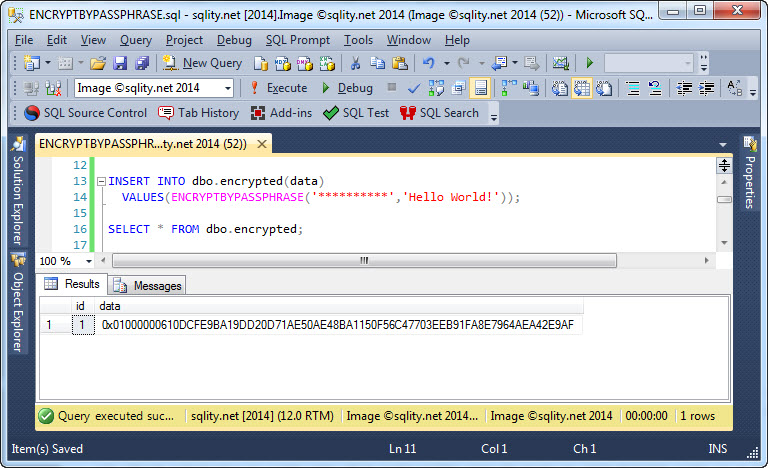
If you are searching for a quick and dirty way to encrypt data in SQL Server, the ENCRYPTBYPASSPHRASE function might be just what you are looking for.
-
How to Overflow a BLOB Value
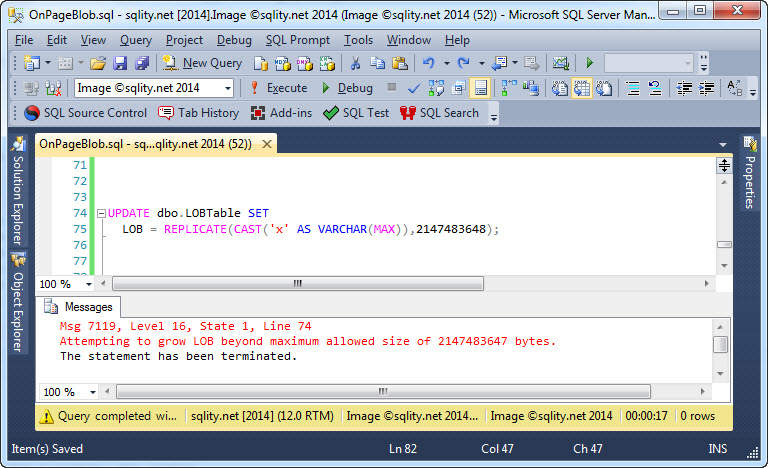
It is advertised as 2 GB, but what is actually the largest number of bytes that can be stored in a SQL Server BLOB value? Read on to find out now.
-
Temporary Symmetric Key Conflicts
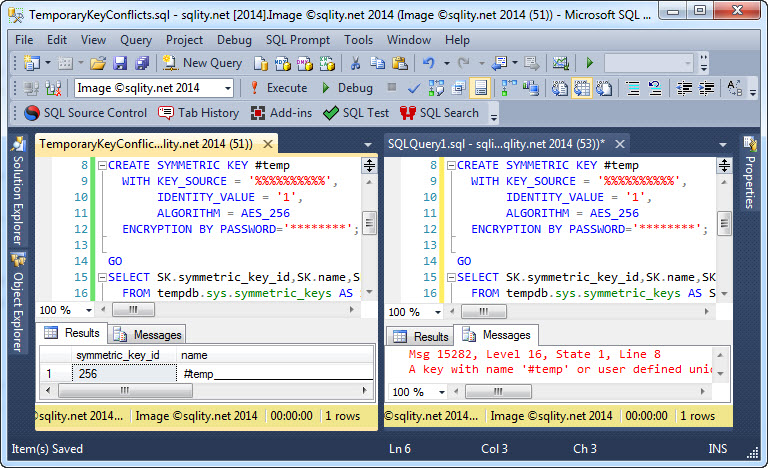
Temporary symmetric keys are a great idea. However, SQL Server’s current implementation falls apart based on a requirement that makes them all but usable.
-
What, You Are Not Using Two-Factor Authentication?

If you are not using two-factor authentication, your data is at risk. Read on to find out exactly why you should enable two-factor authentication now.
-
Page Type 4 – The Mysterious TEXT_TREE_PAGE
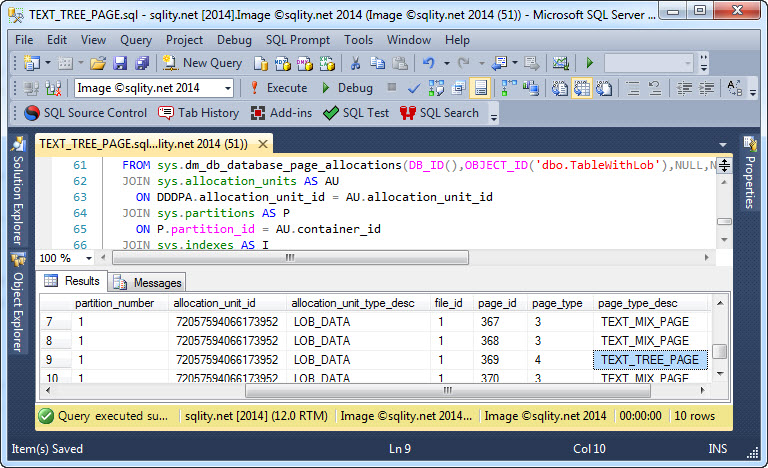
What purpose have pages of type TEXT_TREE_PAGE? Discover how SQL Server uses these pages to build positional B+Tree indexes on large LOB values.
-
The Unexpected Scope of Temporary Symmetric Keys
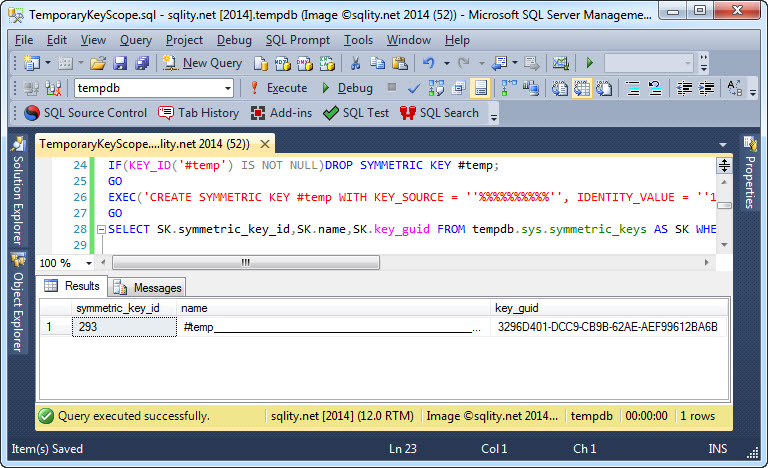
If you think temporary symmetric keys and temporary tables have the same scope, you will be in for a surprise. Read on to discover the truth.
-
How to Create Temporary Symmetric Keys
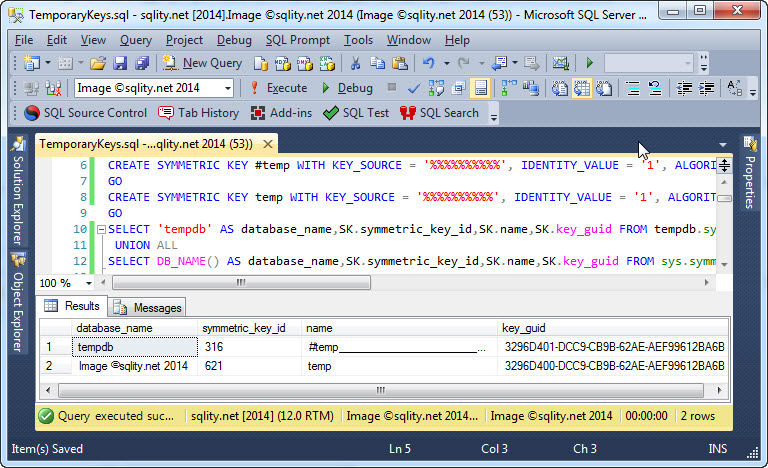
Temporary symmetric keys in SQL Server behave similar to temp tables. In particular, they are stored in tempdb and automatically go away at the end of the session. Make sure however that you do not get caught creating a non-recreatable temporary symmetric key…
-
Page Type 3 – LOB Data Pages explained
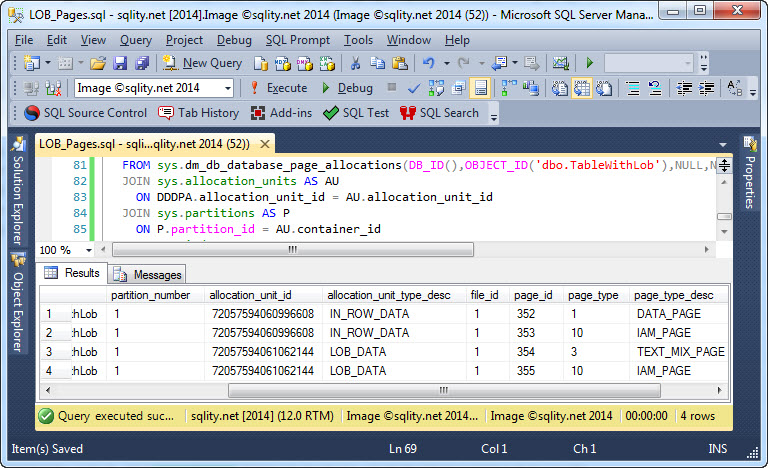
LOB data values in SQL Server are stored in separate allocation units in pages of type TEXT_MIX_PAGE. Read on and discover when these pages are used and how you can find out if your tables contain any pages of that type.
-
How to Create Two Identical Symmetric Keys
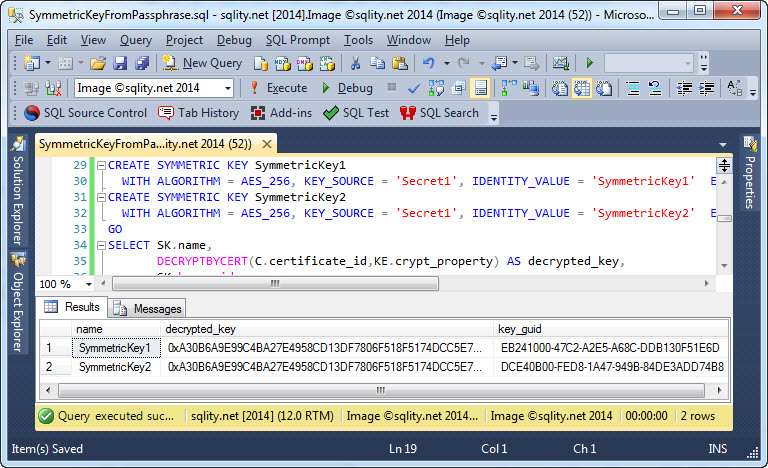
SQL Server provides only one way to re-create a symmetric key multiple times. Read on to find out about the necessary extension to the CREATE SYMMETRIC KEY statement.
-
Debunking Symmetric Key Recreate-Ability
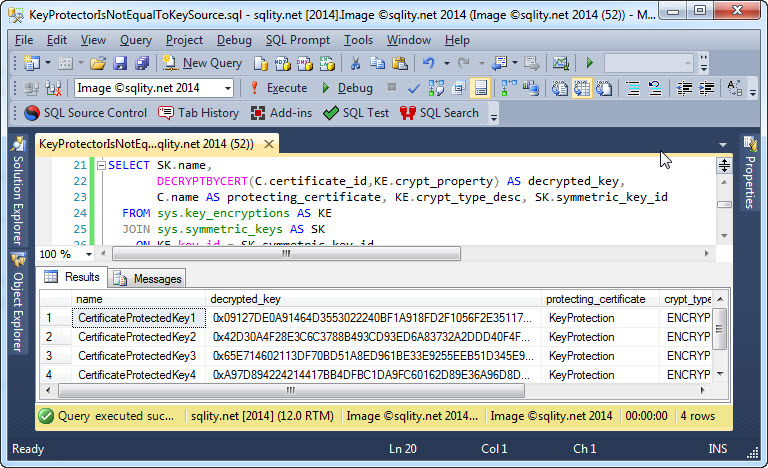
Do you think you can recreate a symmetric key that is protected by a certificate, by just using that same certificate? You might be in for a big surprise…












